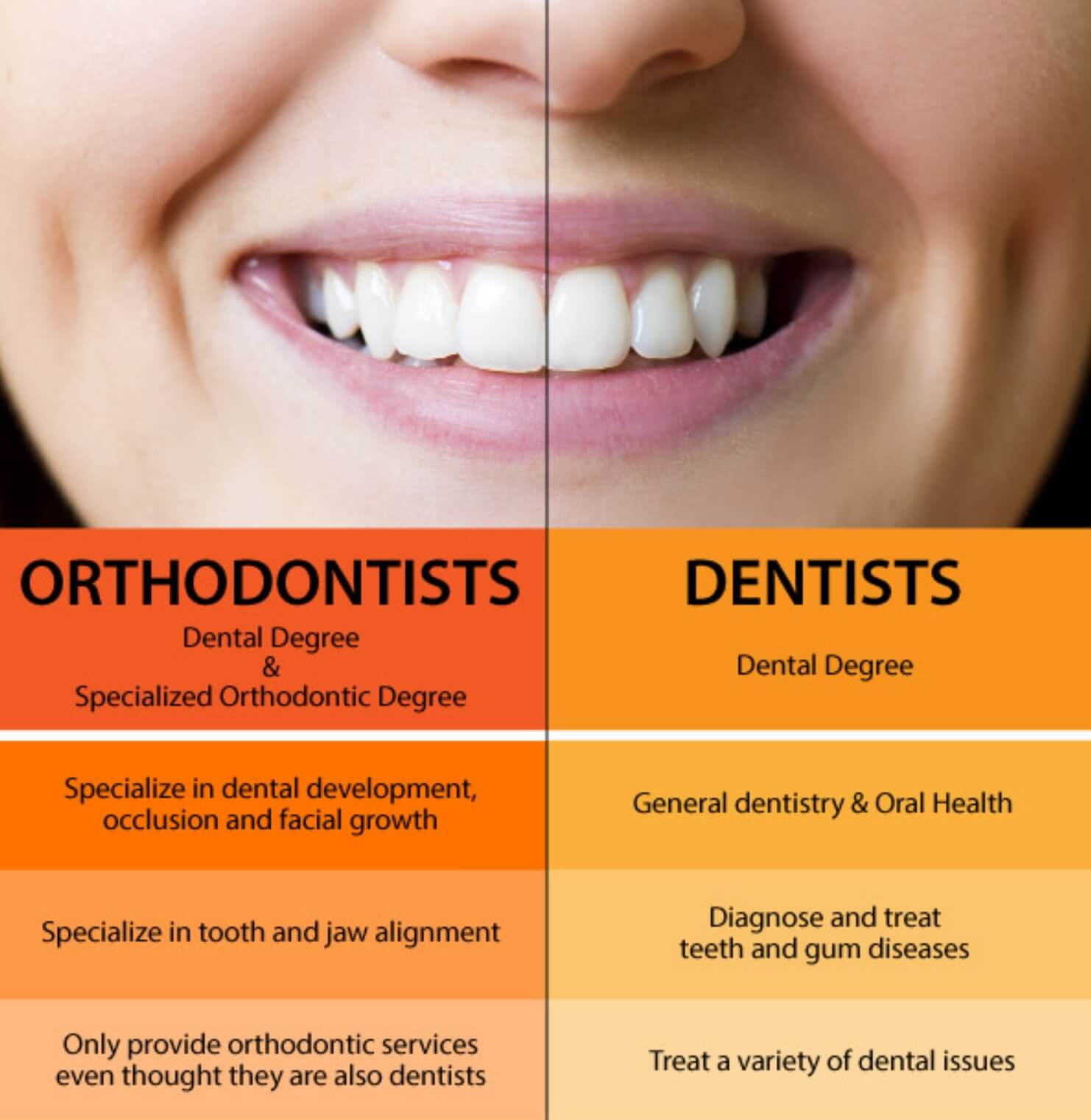The Definitive Guide to Legacy Orthodontics
See This Report about Legacy Orthodontics
Table of ContentsNot known Facts About Legacy OrthodonticsA Biased View of Legacy OrthodonticsLegacy Orthodontics for DummiesLegacy Orthodontics Can Be Fun For EveryoneThe Single Strategy To Use For Legacy Orthodontics
At Advanced Orthodontics, we provide clients with a alternative treatment experience. In addition, we provide flexible therapy timetables, flexible repayment alternatives and a fun, delightful experience. orthodontics. Telephone call ( 480) 357-4900 today for even more info and schedule an appointment.An orthodontist is a dental practitioner educated to diagnose, prevent, and treat teeth and jaw irregularities. They deal with existing conditions and are educated to determine troubles that may develop in the future. Orthodontists collaborate with people of every ages, from children to grownups. Individuals often connect an ideal smile with healthiness.
Malocclusion, or misaligned teeth, can cause dental problems, including dental caries, gum disease, and hard or excruciating eating. But not everyone is birthed with straight teeth. If you have a poor bite or huge rooms between your teeth, you may intend to speak with a dental professional specializing in orthodontic treatment.
8 Easy Facts About Legacy Orthodontics Shown
( Picture Credit Rating: DigitalVision/Getty Images) Orthodontists utilize dealt with and removable oral gadgets, like braces, retainers, and bands, to alter the setting of teeth in your mouth. Orthodontic treatment is for oral abnormalities, including: Misaligned teethBite issues, like an overbite or an underbiteCrowded teeth or teeth that are also much apartJaw misalignmentThe objective of orthodontic therapy is to boost your bite.
While you could think of orthodontists as mainly for children or teens who need dental braces, they can deal with dental issues at any kind of age. Orthodontists attend university, oral school, and orthodontic college.
, yet not all dental practitioners are orthodontists. They concentrate on two locations: Just how to appropriately and safely relocate teeth Just how to effectively lead growth in the teeth, jaw, and faceOnce an orthodontist has actually finished training, they have the alternative to become board certified.
All About Legacy Orthodontics
Malocclusion leads to tooth overcrowding, a misshapen jaw, or irregular bite patterns. Malocclusion is normally treated with: Your orthodontist affixes metal, ceramic, or plastic square bonds to your teeth.
If you have only minor malocclusion, you might have the ability to use clear braces, called aligners, rather than standard dental braces (https://www.dreamstime.com/brianmccune20176_info). Some individuals need a headwear to aid move teeth right into line with stress from outside the mouth. After dental braces or aligners, you'll require to put on a retainer. A retainer is a custom-made device that keeps your teeth in location.
They're frequently made use of on children. They can develop added room in the mouth without having to pull teeth. If you have a severe underbite or overbite, you could require orthognathic surgery (likewise called orthodontic surgery) to extend or shorten your jaw. Orthodontists use wires, medical screws, or plates to support your jaw bone.
You might require to see an orthodontist if you have: Crowding or not sufficient area for all of your teethOverbite, when your upper teeth come over your bottom teethUnderbite, when your base teeth are also far forwardSpacing or concerns with gapsCrossbite, which is when your upper teeth fit behind your bottom teeth when your mouth is closedOpen bite or an upright void in between your front base and top teethMisplaced midline, when the facility of your base and top teeth don't line up Dealing with a dental malocclusion can: Make biting, chewing, and talking easierImprove the balance of our face and your total appearanceEase pain from temporomandibular joint disordersDifferent your teeth and make them much easier to clean, assisting avoid dental cavity or tooth cavities It's usually a dental practitioner that first notifications misaligned teeth during a routine examination.
The Definitive Guide for Legacy Orthodontics

During your initial orthodontic appointment, you'll likely have: An oral examPhotos taken of your face and smileDental X-raysPanoramic (360 degree) X-rays of your face and headImpressions to develop mold and mildews of your teethThese examinations will certainly assist your orthodontist know just how to wage your treatment. braces. An orthodontist is a dental practitioner that's had training to treat your teeth and jaw
Orthodontists may do surgical procedure, exams,X-rays,and more to aid you obtain a much more comfortable, healthier smile. An orthodontist is concentrated on your bite, so something like a cracked tooth would certainly be managed by a dental professional. Orthodontists are dental practitioners but not all dental professionals are orthodontists. Orthodontists are concentrated on your bite, or the way your teeth fit with each other, and the straightness of your teeth.
Ever wondered how celebs always appear to have completely lined up teeth? The answer typically lies in the skilled hands of an orthodontist. Yet what precisely does an orthodontist do? Orthodontists are dental professionals who focus on remedying irregularities in the teeth and jaws. Their expertise goes beyond simply developing a stunning smile; it encompasses enhancing your total oral health and function.
An Unbiased View of Legacy Orthodontics

While braces are the most commonly recognized orthodontic therapy, orthodontists have a diverse toolkit at their disposal. The certain technique chosen relies on the intensity of the situation, the patient's age, and individual preferences. These tried-and-true braces use a system of brackets bound to the teeth and attached by wires.
Clear aligners, like Invisalign, are a prominent choice for individuals looking for a much more discreet therapy alternative. These detachable trays are personalized to considerably shift the teeth's placement. Headgear may be used in conjunction with dental braces or aligners to use extra targeted pressures, specifically for click now dealing with jaw discrepancies. In cases of narrow jaws, palatal expanders can be utilized to produce room for correct tooth positioning.